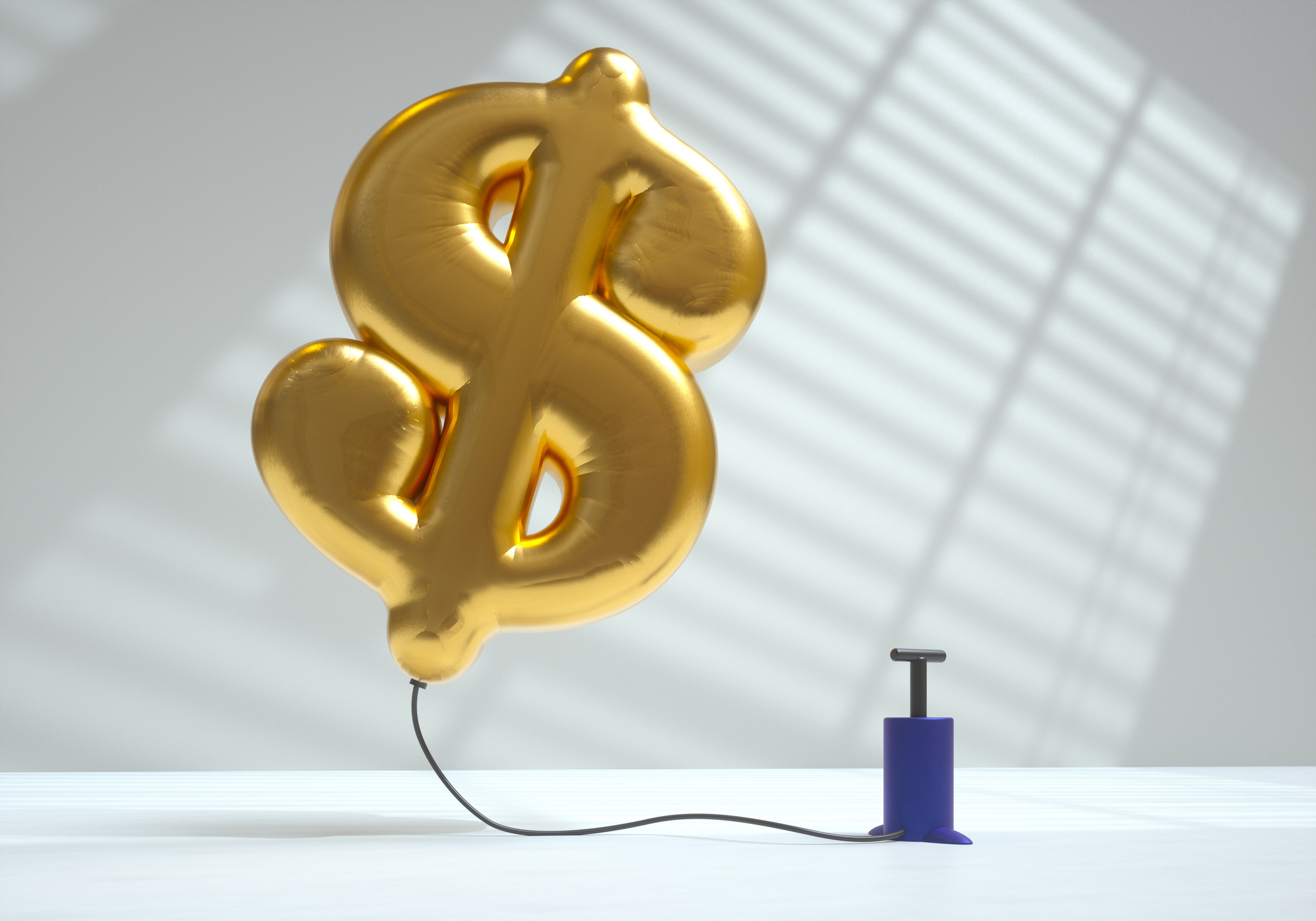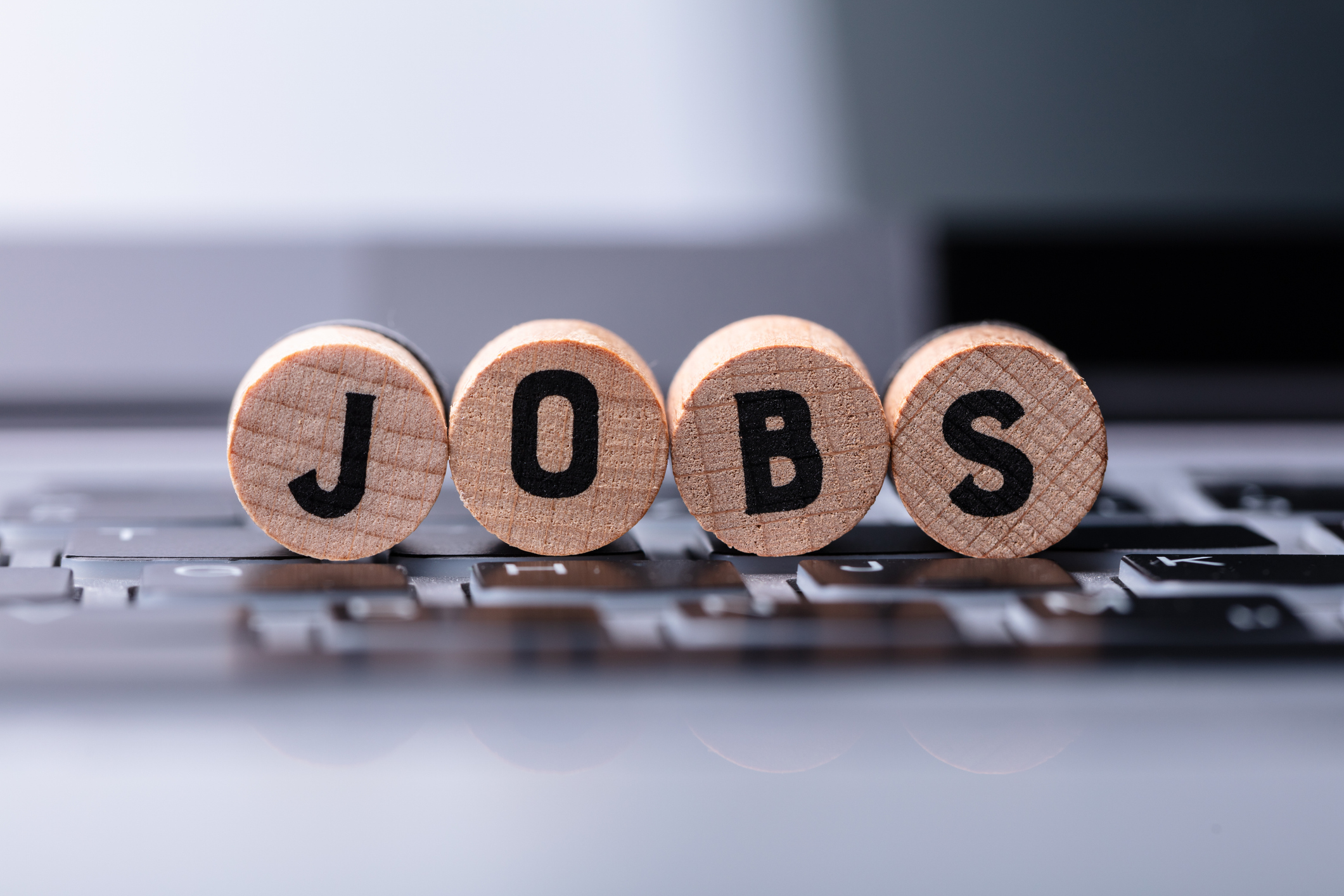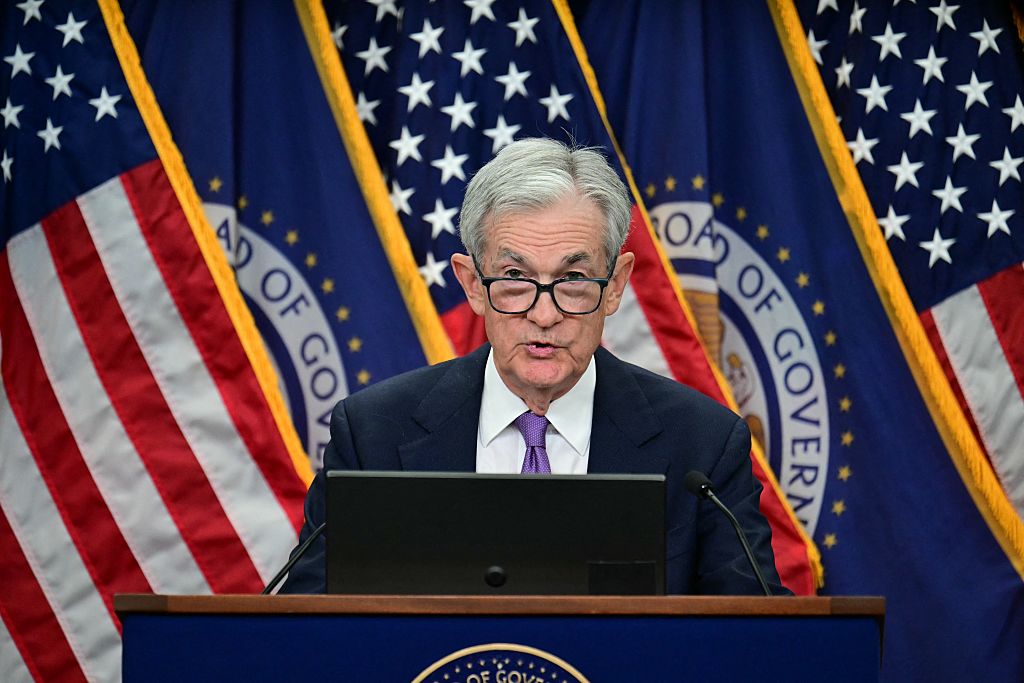Why Did the Fed Cut Rates to Near Zero?
The Federal Reserve's move won't impact the economy right away, but that's not the point

The Federal Reserve on Sunday announced a steep cut to short-term interest rates, as well as a commitment to buying several hundred billion dollars of longer-term debt to lower long-term rates.
Cutting rates to near zero and launching a so-called quantitative easing program are moves straight out of the Fed's playbook from the Great Financial Crisis.
The question, then: Why is the Fed using the same moves today when the economy is reeling for very different reasons? After all, the financial system is seizing up because of a demand shock, not a credit crisis. Easy money in the form of cheap mortgages and car loans won't make it safe for folks to venture out of their homes.
From just $107.88 $24.99 for Kiplinger Personal Finance
Become a smarter, better informed investor. Subscribe from just $107.88 $24.99, plus get up to 4 Special Issues

Sign up for Kiplinger’s Free Newsletters
Profit and prosper with the best of expert advice on investing, taxes, retirement, personal finance and more - straight to your e-mail.
Profit and prosper with the best of expert advice - straight to your e-mail.
But that's not what the Fed was trying to achieve when it dropped the Fed funds rate, its benchmark interest rate, by a full percentage point to a range of 0% to 0.25%.
Rather, in the words of University of Oregon economist and Fed expert Tim Duy, "It was time to go big or go home."
The Fed already took steps to stabilize the government bond market last week when it wasn't functioning well because of a lack of liquidity. (Liquidity allows market participants to buy or sell securities when they want at close to the prices they want.) The central bank made $1.5 trillion in short-term loans available to bond dealers and launched a wave of Treasury purchases.
By following those initiatives with a massive rate cut and QE program, the Fed sent a critical message to investors, says Duy: "The aim is to act as a buyer of last resort following the deterioration in liquidity across the Treasury market. The Fed basically signaled as clear as it could that it was ready to backstop the financial markets."
"I am thinking (Fed chief Jerome) Powell is not going to let another Lehman Brothers happen on his watch," Duy adds.
Powell admitted Sunday night that the rate cuts wouldn't have an impact on the economy at this time. That's not the intent. Monetary policy is limited in what it can achieve when the issue is a demand shock.
What will help right now is accommodative fiscal policy. In plain English, that means the president and Congress need to step up and approve spending programs that can help blunt the impact of this disaster. Loose monetary policy can support fiscal policy by lowering the government's borrowing costs with ultra-low interest rates. For example, the yield on the 10-year Treasury note stands well below 1%.
"In the near term we really need fiscal stimulus," says Duy. "The Fed has paved the way, but they can’t make Congress and the president follow their lead."
The Fed's rate-cutting actions aren't meant to have much visible impact now. They're intended to help us rebuild once the war against COVID-19 is over.
Profit and prosper with the best of Kiplinger's advice on investing, taxes, retirement, personal finance and much more. Delivered daily. Enter your email in the box and click Sign Me Up.

Dan Burrows is Kiplinger's senior investing writer, having joined the publication full time in 2016.
A long-time financial journalist, Dan is a veteran of MarketWatch, CBS MoneyWatch, SmartMoney, InvestorPlace, DailyFinance and other tier 1 national publications. He has written for The Wall Street Journal, Bloomberg and Consumer Reports and his stories have appeared in the New York Daily News, the San Jose Mercury News and Investor's Business Daily, among many other outlets. As a senior writer at AOL's DailyFinance, Dan reported market news from the floor of the New York Stock Exchange.
Once upon a time – before his days as a financial reporter and assistant financial editor at legendary fashion trade paper Women's Wear Daily – Dan worked for Spy magazine, scribbled away at Time Inc. and contributed to Maxim magazine back when lad mags were a thing. He's also written for Esquire magazine's Dubious Achievements Awards.
In his current role at Kiplinger, Dan writes about markets and macroeconomics.
Dan holds a bachelor's degree from Oberlin College and a master's degree from Columbia University.
Disclosure: Dan does not trade individual stocks or securities. He is eternally long the U.S equity market, primarily through tax-advantaged accounts.
-
 It's Beginning to Look a Lot Like a Santa Rally: Stock Market Today
It's Beginning to Look a Lot Like a Santa Rally: Stock Market TodayInvestors, traders and speculators are beginning to like the looks of a potential year-end rally.
-
 The 2026 Retirement Catch-Up Curveball: What High Earners Over 50 Need to Know Now
The 2026 Retirement Catch-Up Curveball: What High Earners Over 50 Need to Know NowUnlock the secrets of the 2026 retirement catch-up provisions: A must-read for high earners aged 50 and above.
-
 How Much a $100K Jumbo CD Earns You
How Much a $100K Jumbo CD Earns YouYou might be surprised at how fast a jumbo CD helps you reach your goals.
-
 The November CPI Report Is Out. Here's What It Means for Rising Prices
The November CPI Report Is Out. Here's What It Means for Rising PricesThe November CPI report came in lighter than expected, but the delayed data give an incomplete picture of inflation, say economists.
-
 The Delayed November Jobs Report Is Out. Here's What It Means for the Fed and Rate Cuts
The Delayed November Jobs Report Is Out. Here's What It Means for the Fed and Rate CutsThe November jobs report came in higher than expected, although it still shows plenty of signs of weakness in the labor market.
-
 December Fed Meeting: Updates and Commentary
December Fed Meeting: Updates and CommentaryThe December Fed meeting is one of the last key economic events of 2025, with Wall Street closely watching what Chair Powell & Co. will do about interest rates.
-
 If You'd Put $1,000 Into Coca-Cola Stock 20 Years Ago, Here's What You'd Have Today
If You'd Put $1,000 Into Coca-Cola Stock 20 Years Ago, Here's What You'd Have TodayEven with its reliable dividend growth and generous stock buybacks, Coca-Cola has underperformed the broad market in the long term.
-
 If You Put $1,000 into Qualcomm Stock 20 Years Ago, Here's What You Would Have Today
If You Put $1,000 into Qualcomm Stock 20 Years Ago, Here's What You Would Have TodayQualcomm stock has been a big disappointment for truly long-term investors.
-
 The Delayed September Jobs Report Is Out. Here's What It Means for the Fed
The Delayed September Jobs Report Is Out. Here's What It Means for the FedThe September jobs report came in much higher than expected, lowering expectations for a December rate cut.
-
 If You'd Put $1,000 Into Home Depot Stock 20 Years Ago, Here's What You'd Have Today
If You'd Put $1,000 Into Home Depot Stock 20 Years Ago, Here's What You'd Have TodayHome Depot stock has been a buy-and-hold banger for truly long-term investors.
-
 October Fed Meeting: Updates and Commentary
October Fed Meeting: Updates and CommentaryThe October Fed meeting is a key economic event, with Wall Street turned into what Fed Chair Powell & Co. did about interest rates.